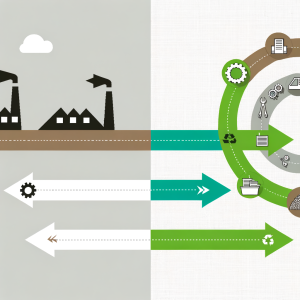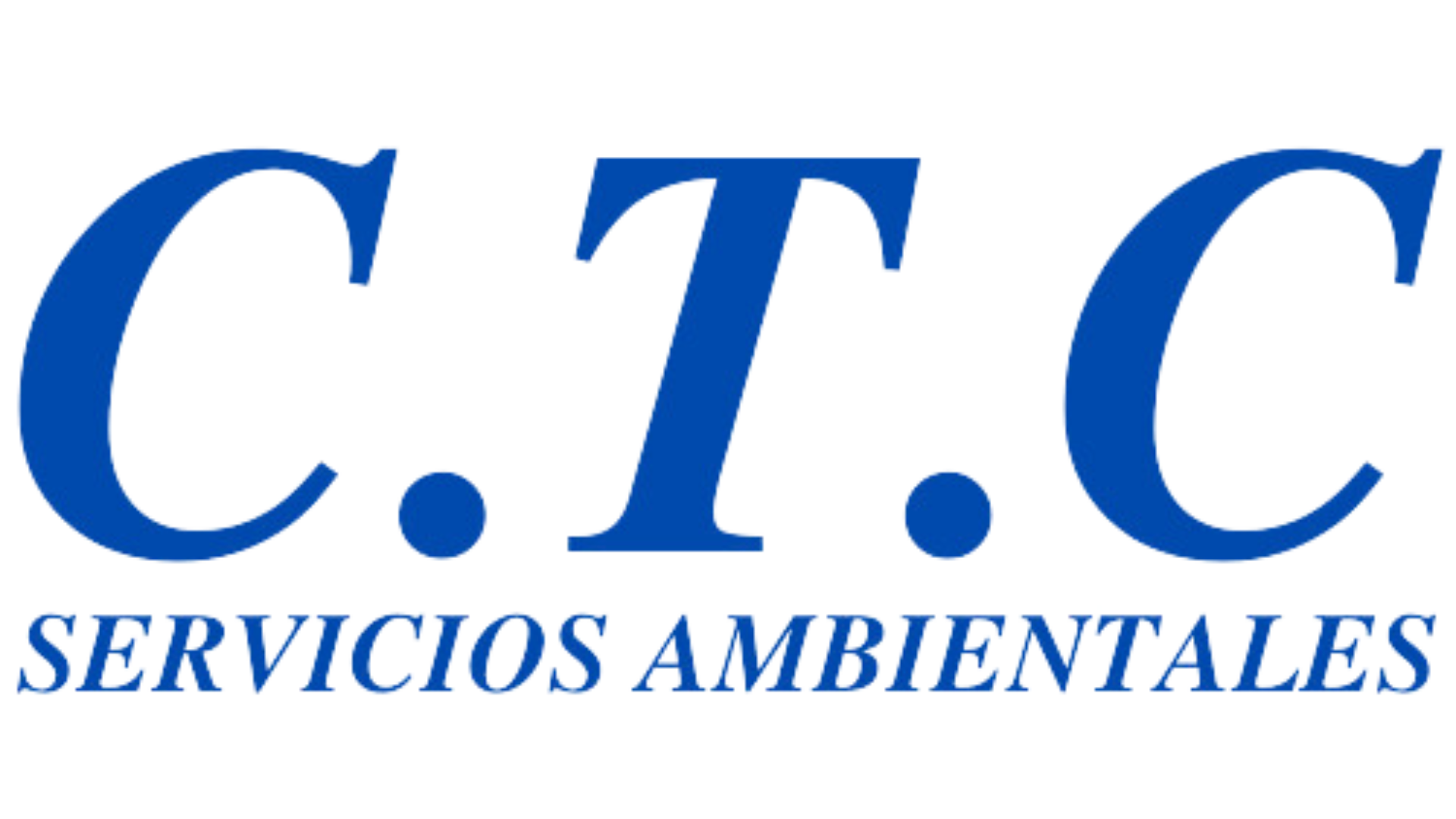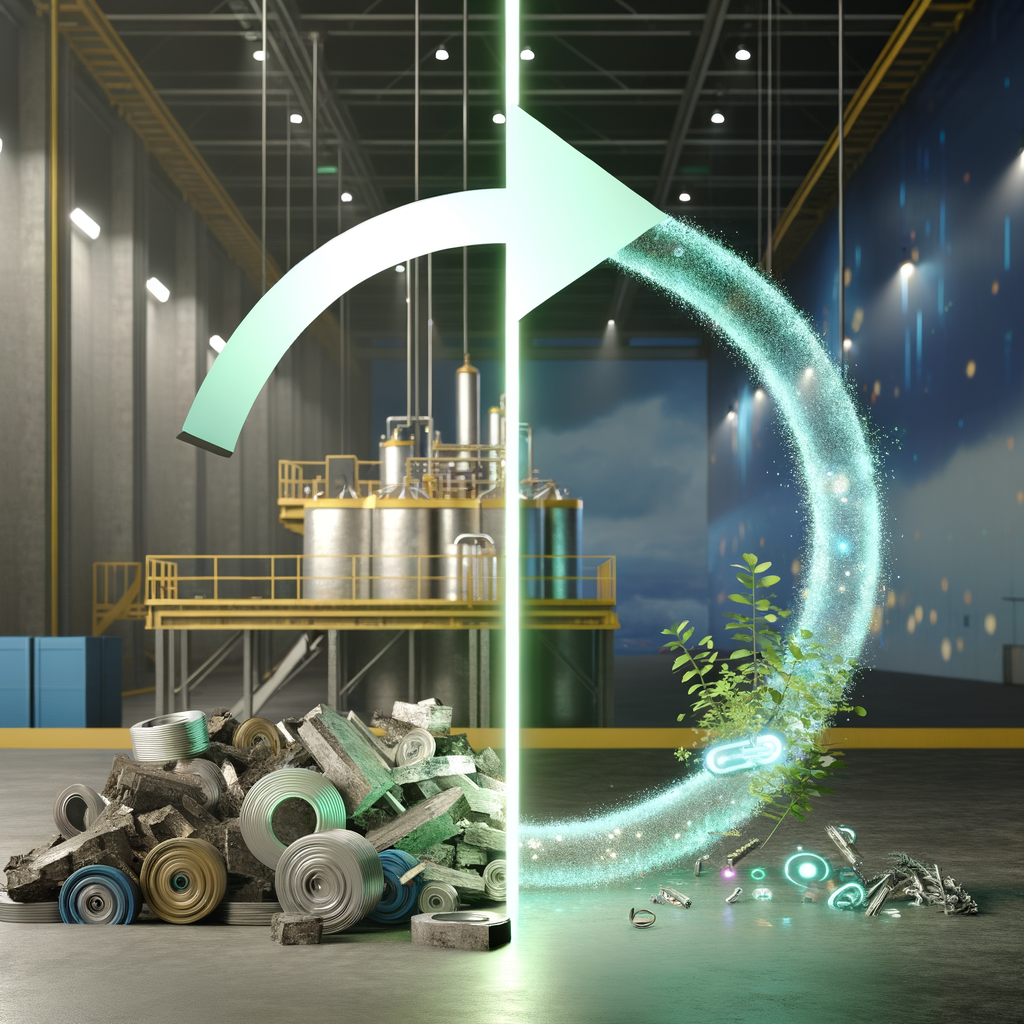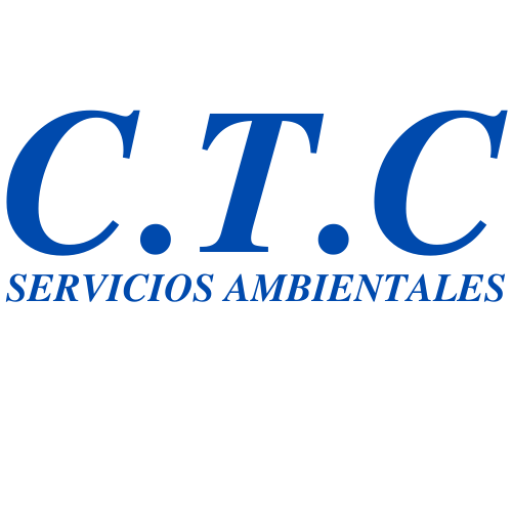Imagine your company’s warehouse for a moment. Do you see that pile of leftover material, that byproduct you don’t know how to get rid of? For decades, the industry has called it ‘waste.’ A costly problem and a logistical headache. But what if we told you that you’re actually looking at a hidden treasure? Welcome to the revolution of the circular economy applied to industrial waste, a new paradigm that turns problems into opportunities.
The traditional ‘take, make, dispose’ model is coming to an end. Resource scarcity, increasingly strict regulations, and growing social awareness demand a change. At C.T.C. Environmental Services, we don’t just understand this change; we lead it. We partner with you to ensure your company isn’t left behind.

What is the Circular Economy and Why is it Key for Your Industry?
The circular economy is a model of production and consumption that involves sharing, leasing, reusing, repairing, refurbishing, and recycling existing materials and products for as long as possible. In essence, it’s about closing the loop on product lifecycles. The goal is simple yet powerful: to turn waste into resources.
For industry, this means completely rethinking waste management. We are no longer talking about ‘getting rid of’ something, but rather ‘reintroducing’ it into the value chain. This approach is not only good for the planet; it’s a smart business strategy that drives efficiency and profitability.
The Challenge of Industrial Waste in Spain
Every year, Spanish industry generates millions of tons of waste. Improper management not only poses an environmental risk but also leads to financial penalties and severe reputational damage. Furthermore, legislation is becoming increasingly demanding.
The Spanish Circular Economy Strategy (EEEC) and European directives, such as the Waste Framework Directive, set a clear roadmap. Prevention is prioritized, followed by reuse and recycling, leaving landfill disposal as the last resort. Adapting is not an option; it’s a competitive necessity.
Applying the Circular Economy to Industrial Waste Management
The transition to a circular model is a gradual process. However, it can be structured into clear, manageable steps. At C.T.C. Environmental Services, we have developed a proven methodology to guide companies on this path.
Step 1: Prevention and Minimization at the Source
The easiest waste to manage is the one that is never created. Therefore, the first step is to analyze your production processes. Can you optimize them to use less raw material? Is it possible to redesign a product to generate fewer leftovers? Prevention, also known as ‘eco-design,’ is the foundation of the circular pyramid. This not only reduces waste management costs but also lowers raw material purchasing costs.
Step 2: Reuse and Byproduct Markets
What is waste for your company may be a valuable raw material for another. The circular economy promotes the creation of industrial symbiosis. For example:
- Sludge from a treatment plant can become fertilizer for agriculture.
- Ash from a biomass plant can be used in cement manufacturing.
- Used solvents can be regenerated and reused in other processes.
We help you identify these opportunities and connect with other industries, creating a market for your byproducts and turning an expense into an income. Our specialized environmental consulting is key in this phase.

Step 3: Valorization: From Waste to Resource
When waste cannot be prevented or directly reused, the next step is valorization. This process seeks to recover the materials or energy contained in the waste. There are two main types:
- Material Valorization (Recycling): This involves transforming waste into new materials. Plastics, metals, paper, glass, and many other industrial wastes can be recycled to make new products, saving natural resources and energy.
- Energy Valorization: If recycling is not feasible, certain wastes with high calorific value can be used as alternative fuel in facilities like cement plants or industrial furnaces, replacing fossil fuels.
Proper waste valorization is essential for complying with the law and minimizing environmental impact.
Tangible Benefits of a Circular Model for Your Company
Adopting the circular economy is not just a matter of responsibility. It is a strategic decision that generates direct and measurable benefits:
- Cost Reduction: Savings on raw material purchases and waste management fees.
- New Revenue Streams: Sale of byproducts and recycled materials.
- Enhanced Brand Image: Customers, investors, and society value sustainable companies. A source of inspiration is the Ellen MacArthur Foundation, a global leader in the field.
- Resilience and Competitiveness: Less dependence on volatile raw materials and anticipation of future regulations.
- Talent Attraction: Today’s professionals want to work for companies with a clear purpose and a positive impact.
C.T.C. Environmental Services: Your Partner in the Circular Transition
We know this change can seem complex. That’s why at C.T.C. Environmental Services, we offer you a comprehensive solution. We are not just a waste manager; we are your strategic partner in sustainability.
Our team of experts analyzes your situation, designs a customized plan, and handles all operations. From the initial audit and legal consulting to logistics, treatment, and final valorization. We ensure that every step you take towards the circular economy is firm, profitable, and compliant with all current regulations.
The era of waste is over. The era of resources has begun. The future of your industry is circular, and it’s within your reach.
Call to Action (CTA)
Turn your waste into an opportunity. Contact C.T.C. Environmental Services today and request a no-obligation audit to start your journey towards the circular economy. Our team is ready to help you build a more sustainable and profitable future.


